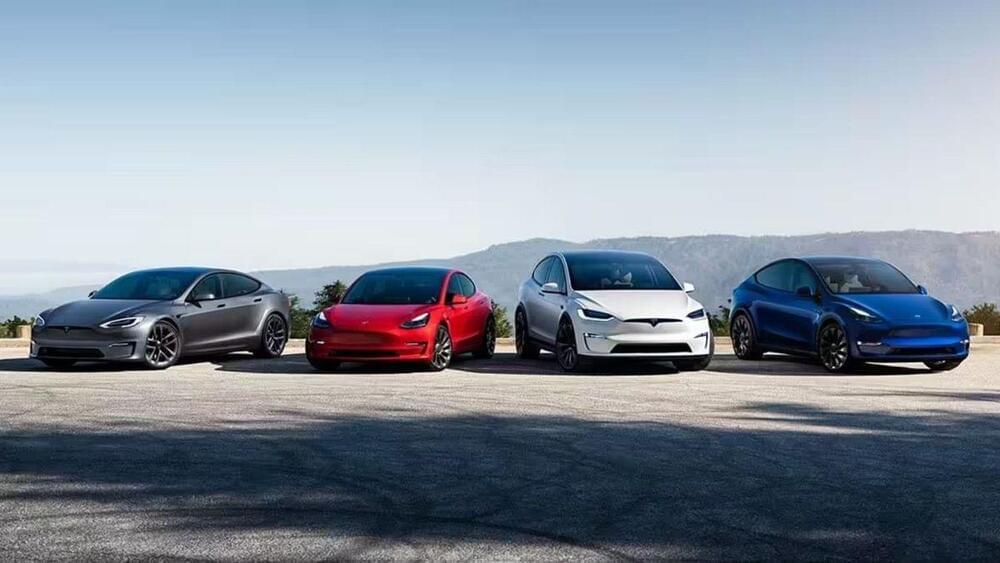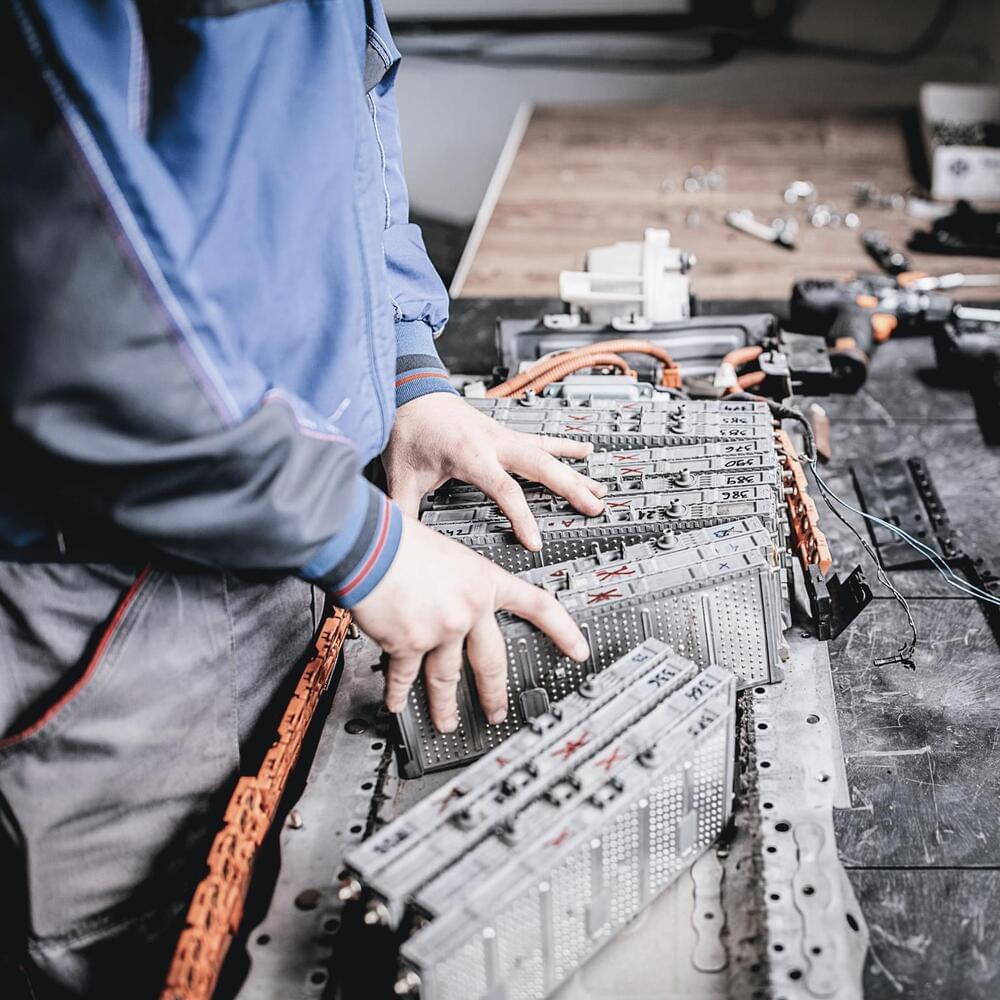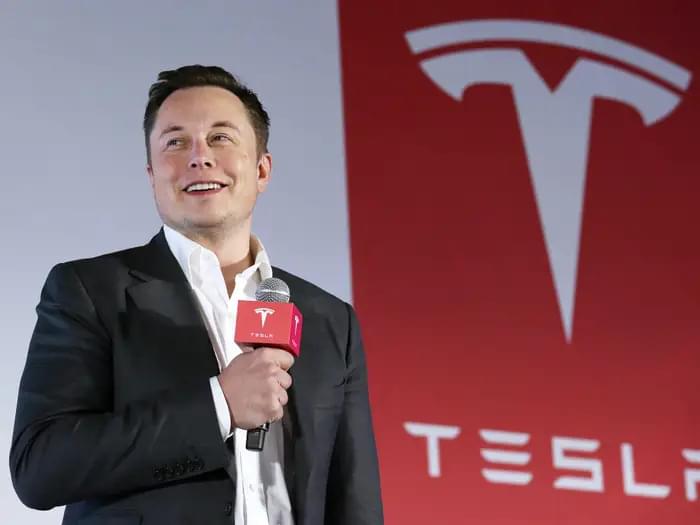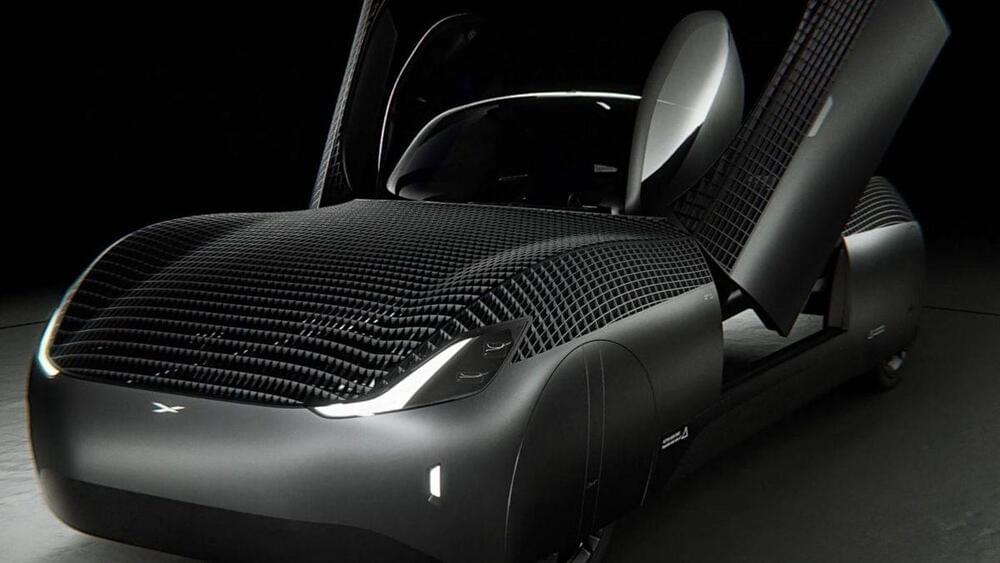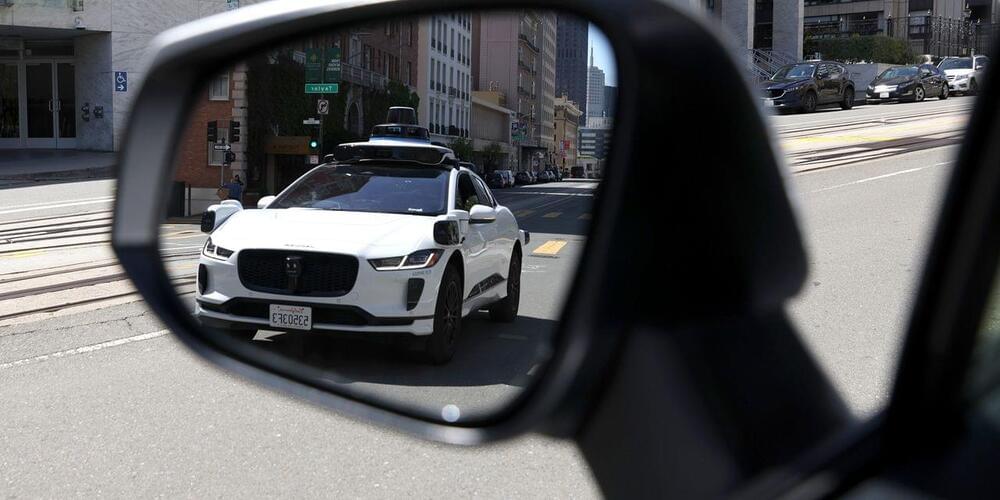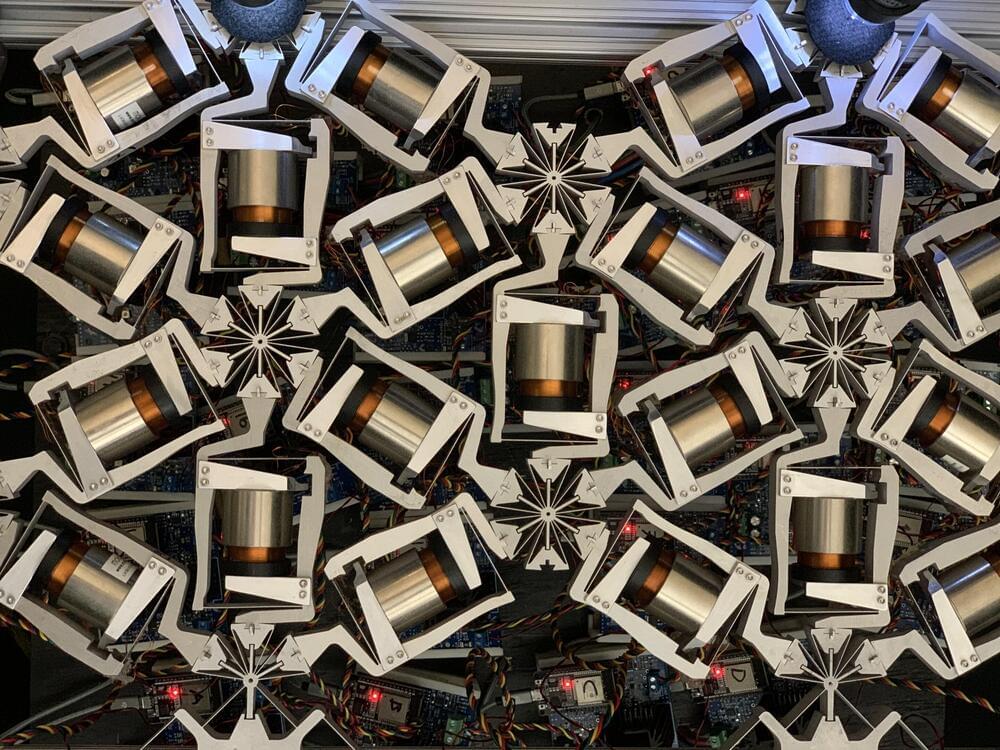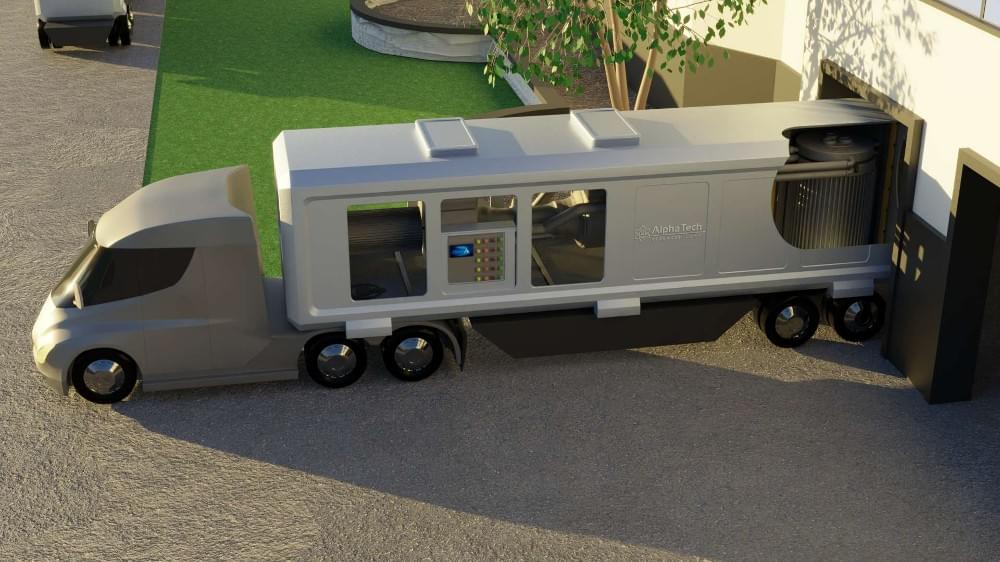Oct 21, 2022
Behold Musk: China just successfully tested a Hyperloop-like train system
Posted by Gemechu Taye in categories: Elon Musk, transportation
The first in the world to do so.
Researchers at the North University of China have successfully completed the test of a Hyperloop-like train system that runs trains in a low vacuum environment inside a tube, local news outlet, China Daily.
In theory, the system can be used for transporting people as well as goods and consists of long tubes that maintain a low vacuum to allow transport with minimal air resistance.
Continue reading “Behold Musk: China just successfully tested a Hyperloop-like train system” »

